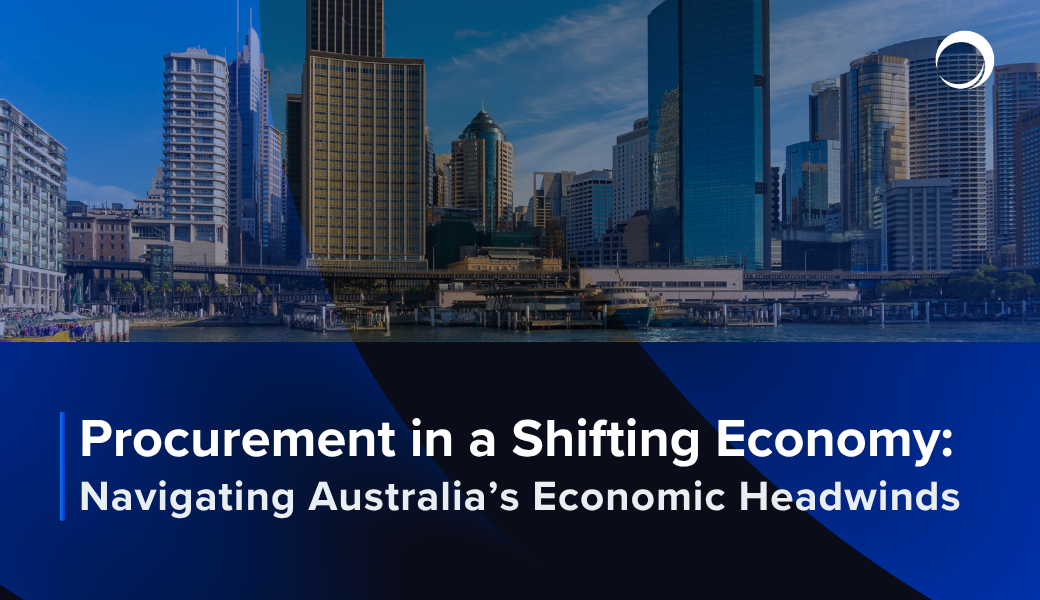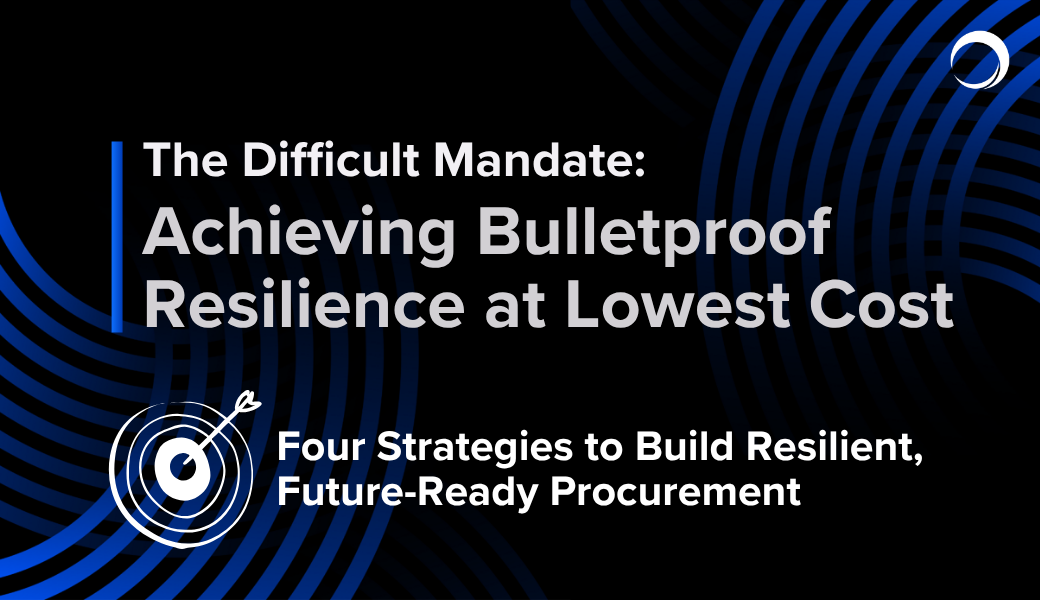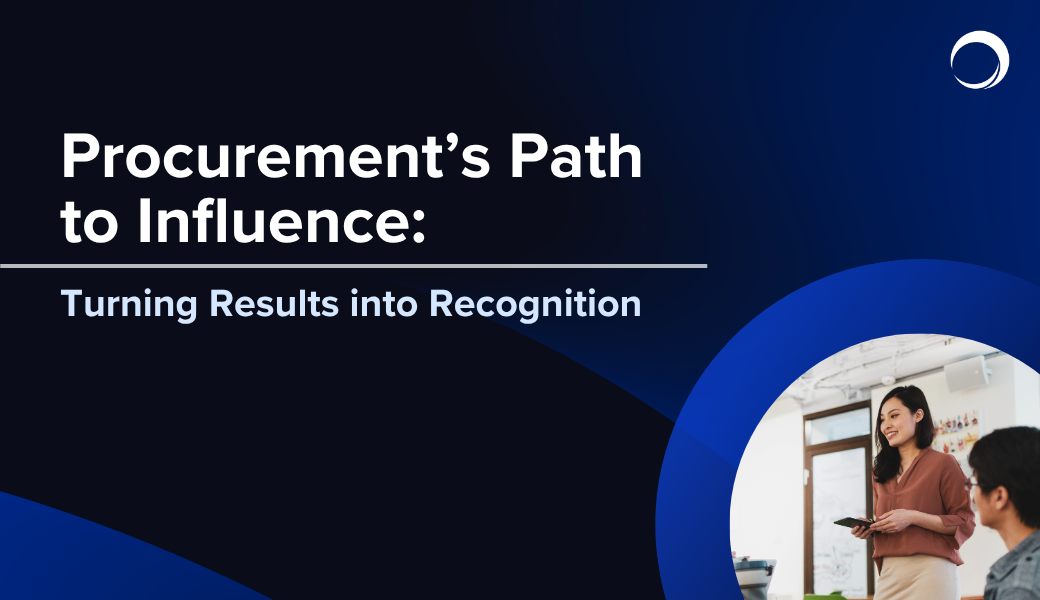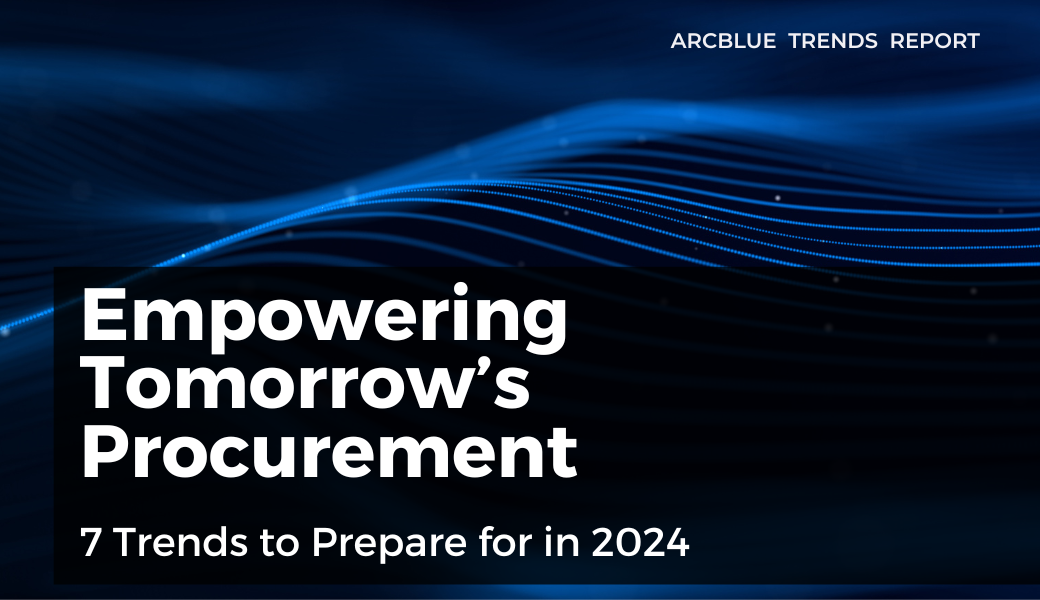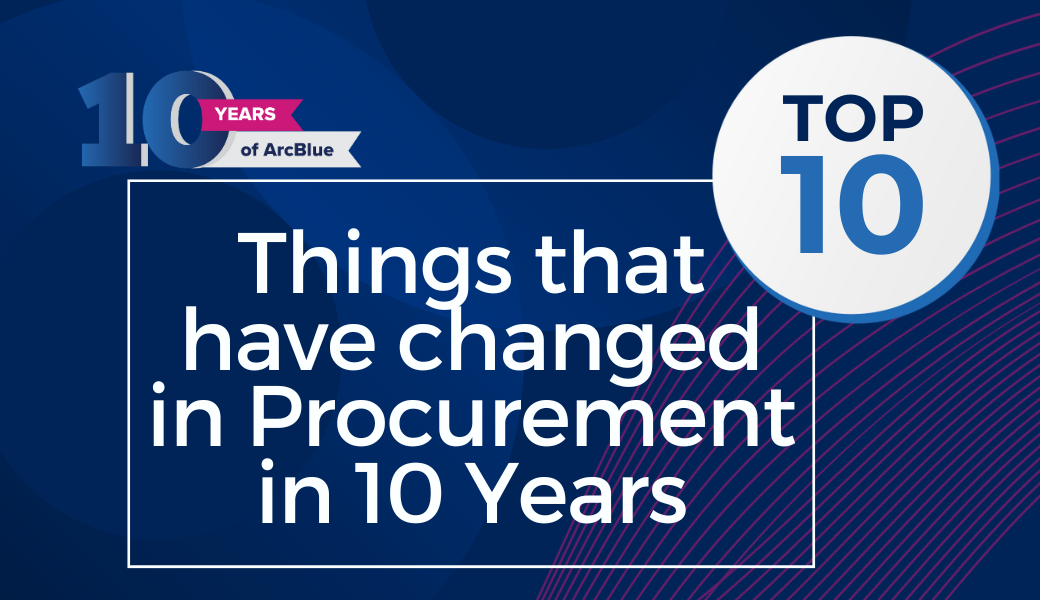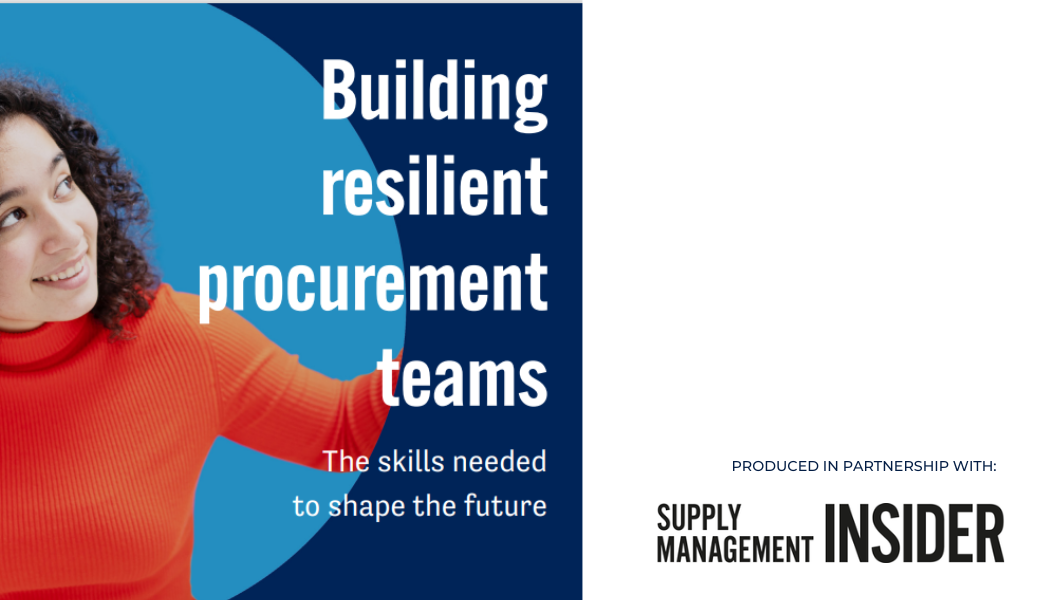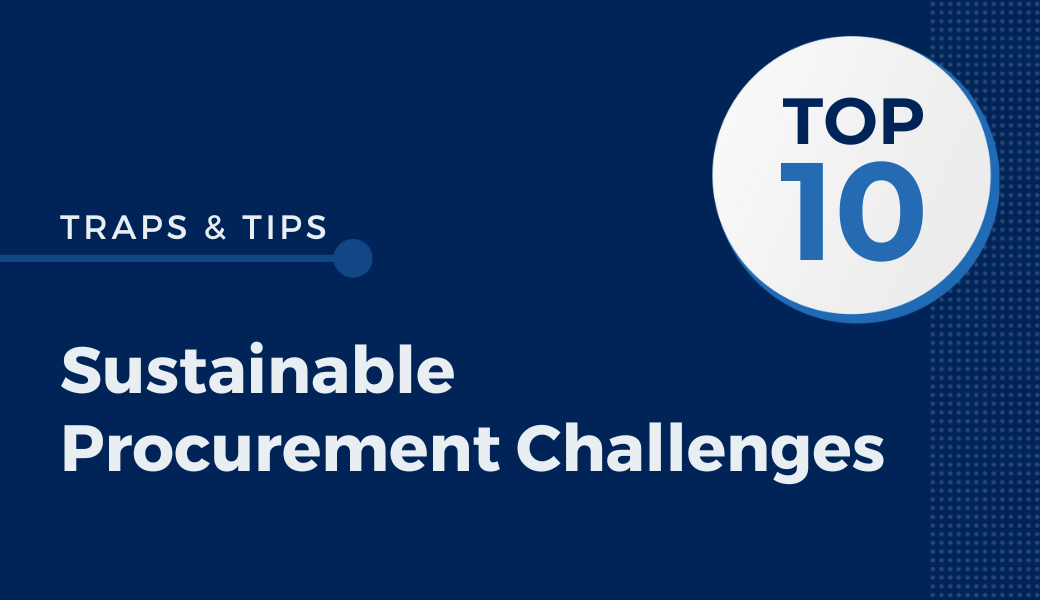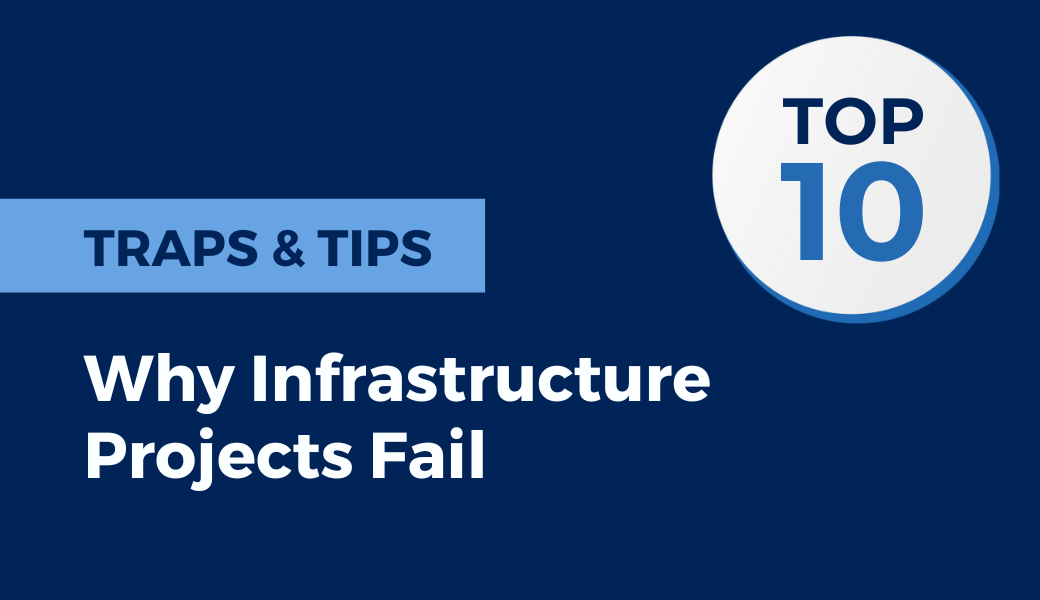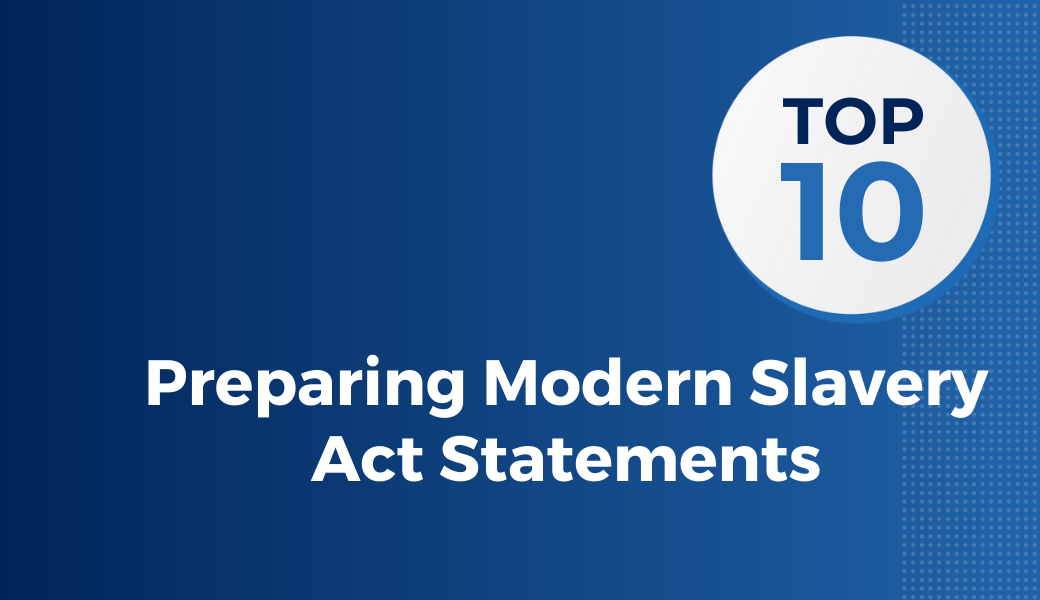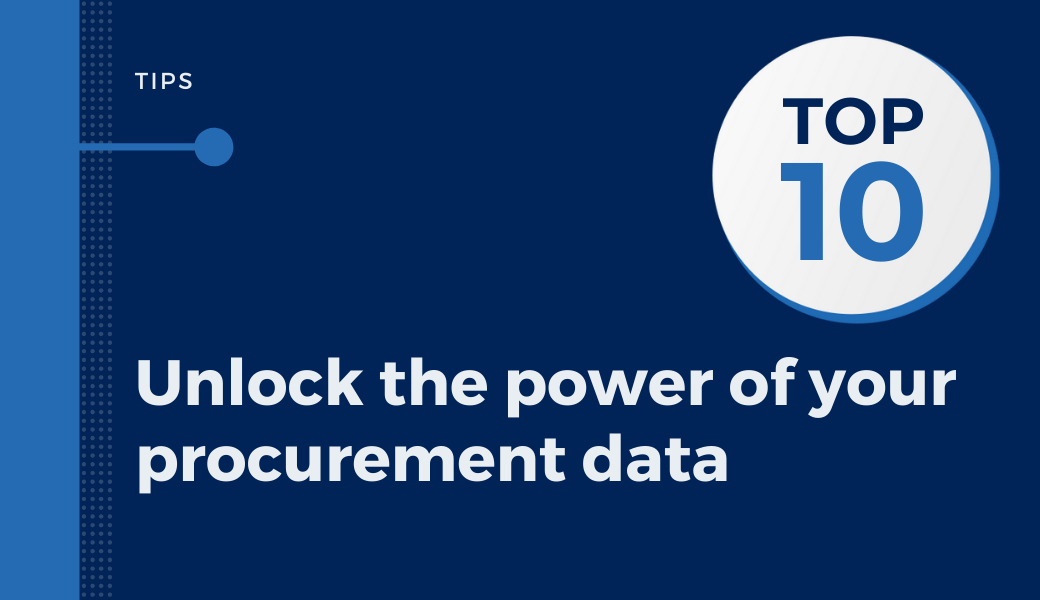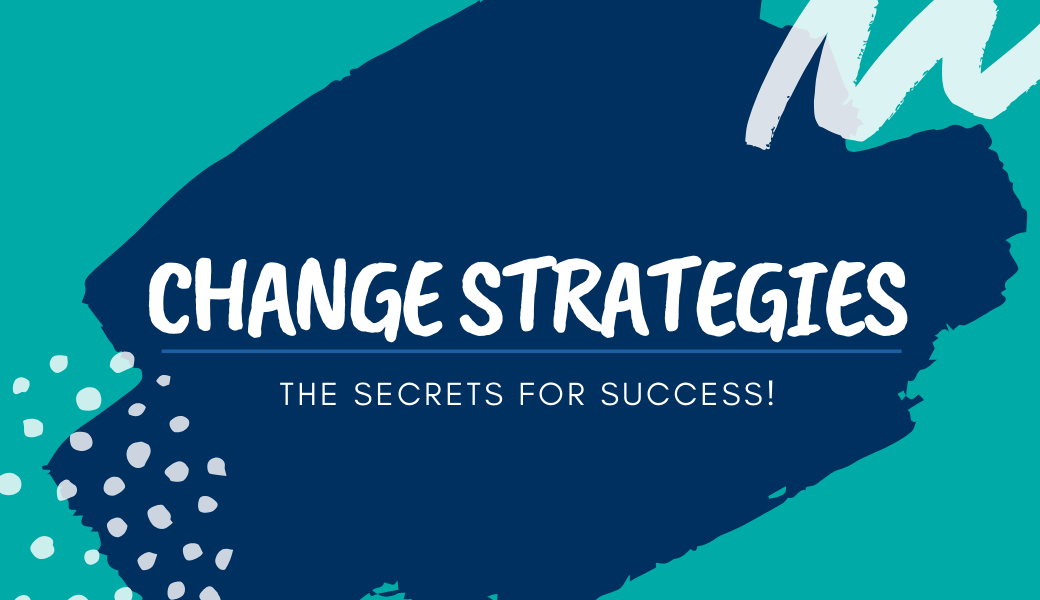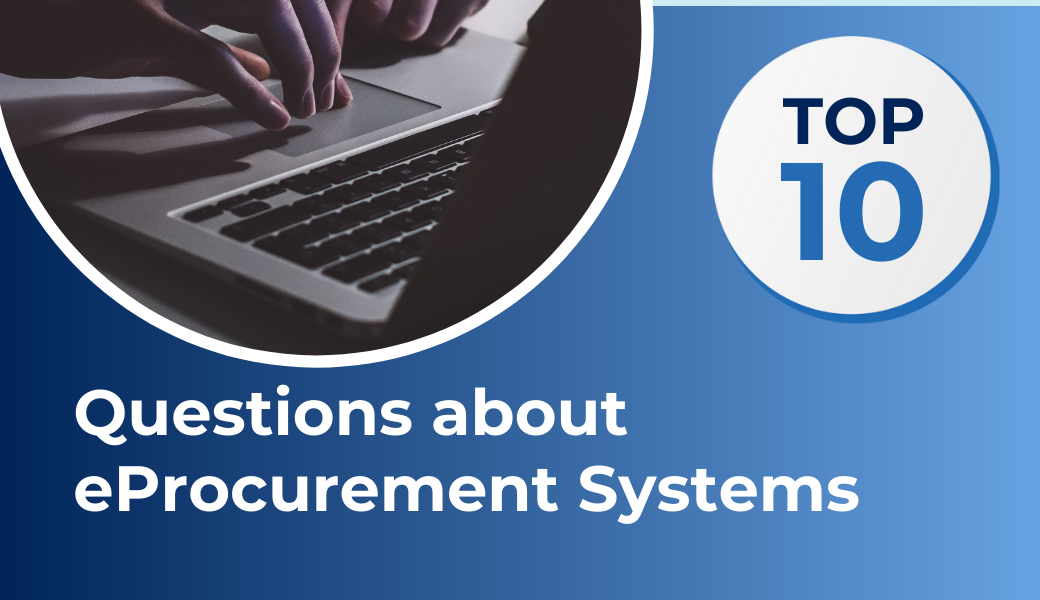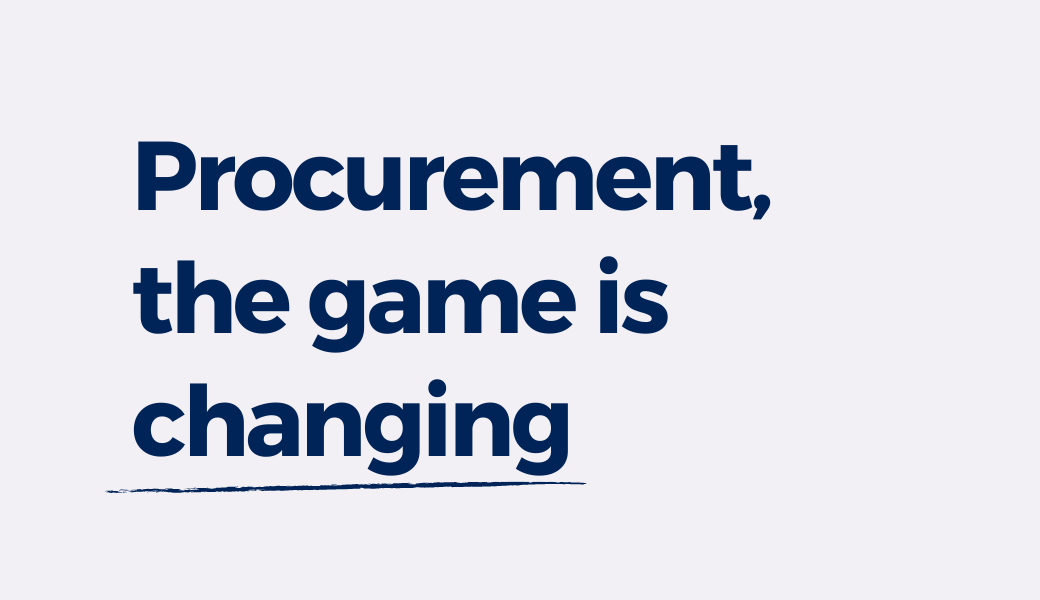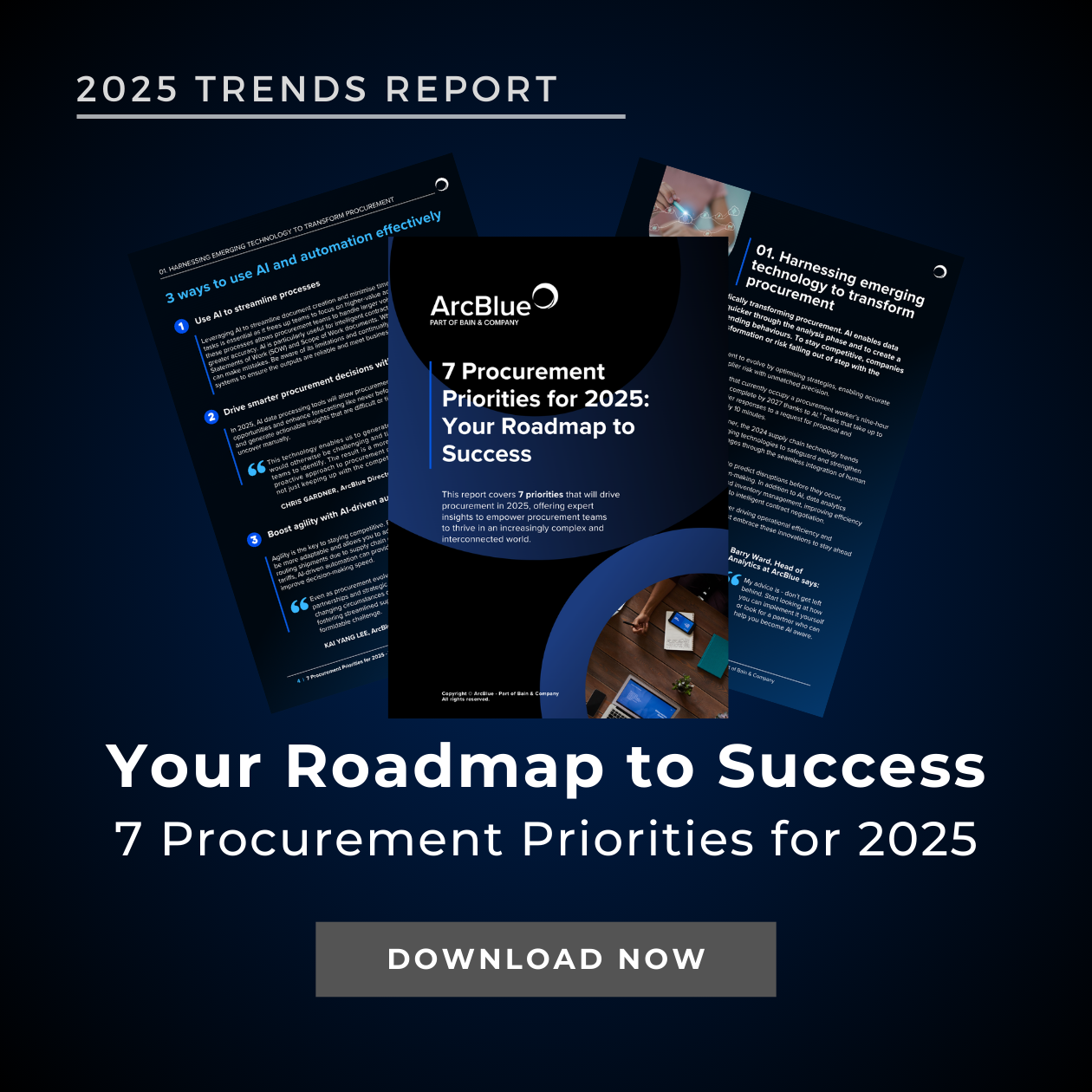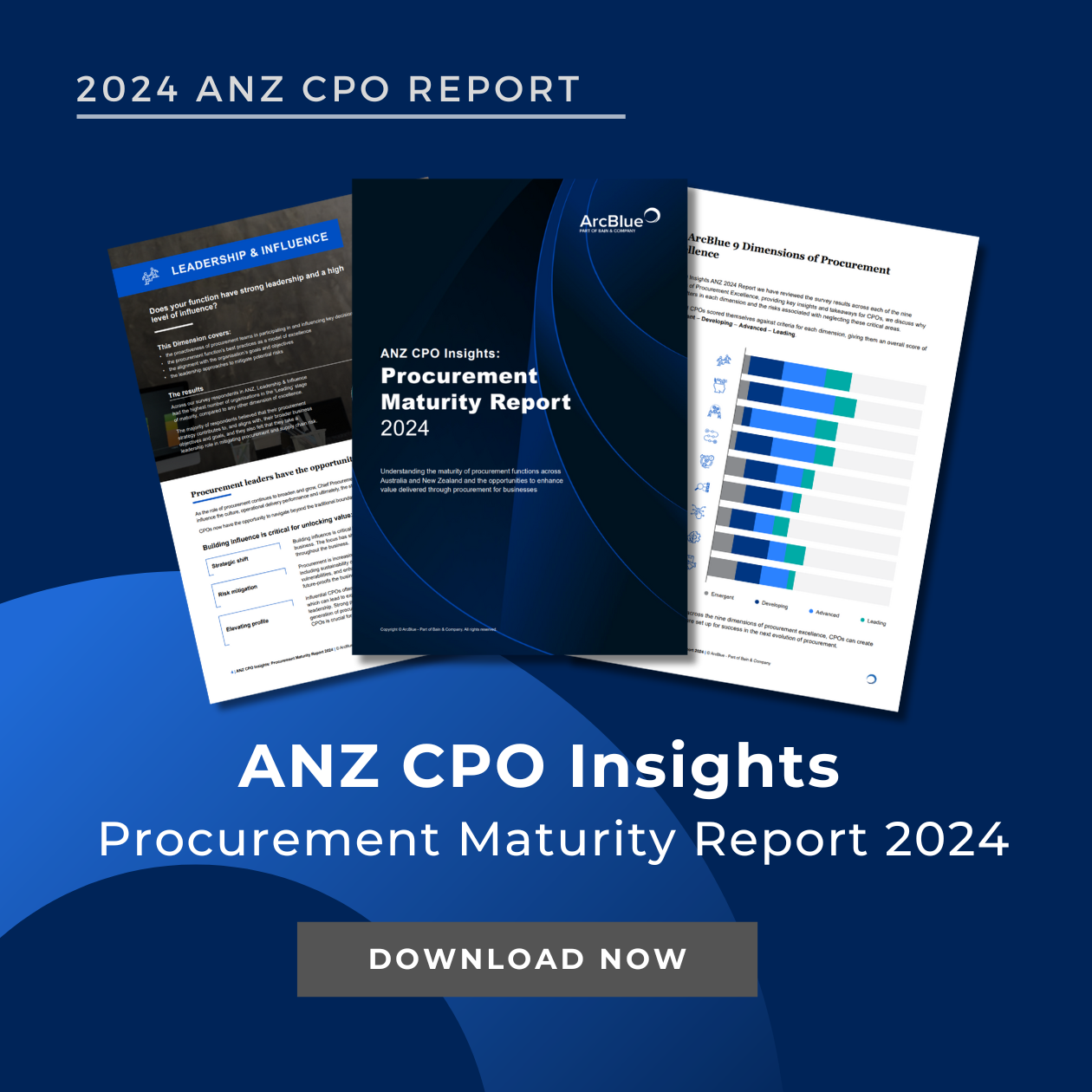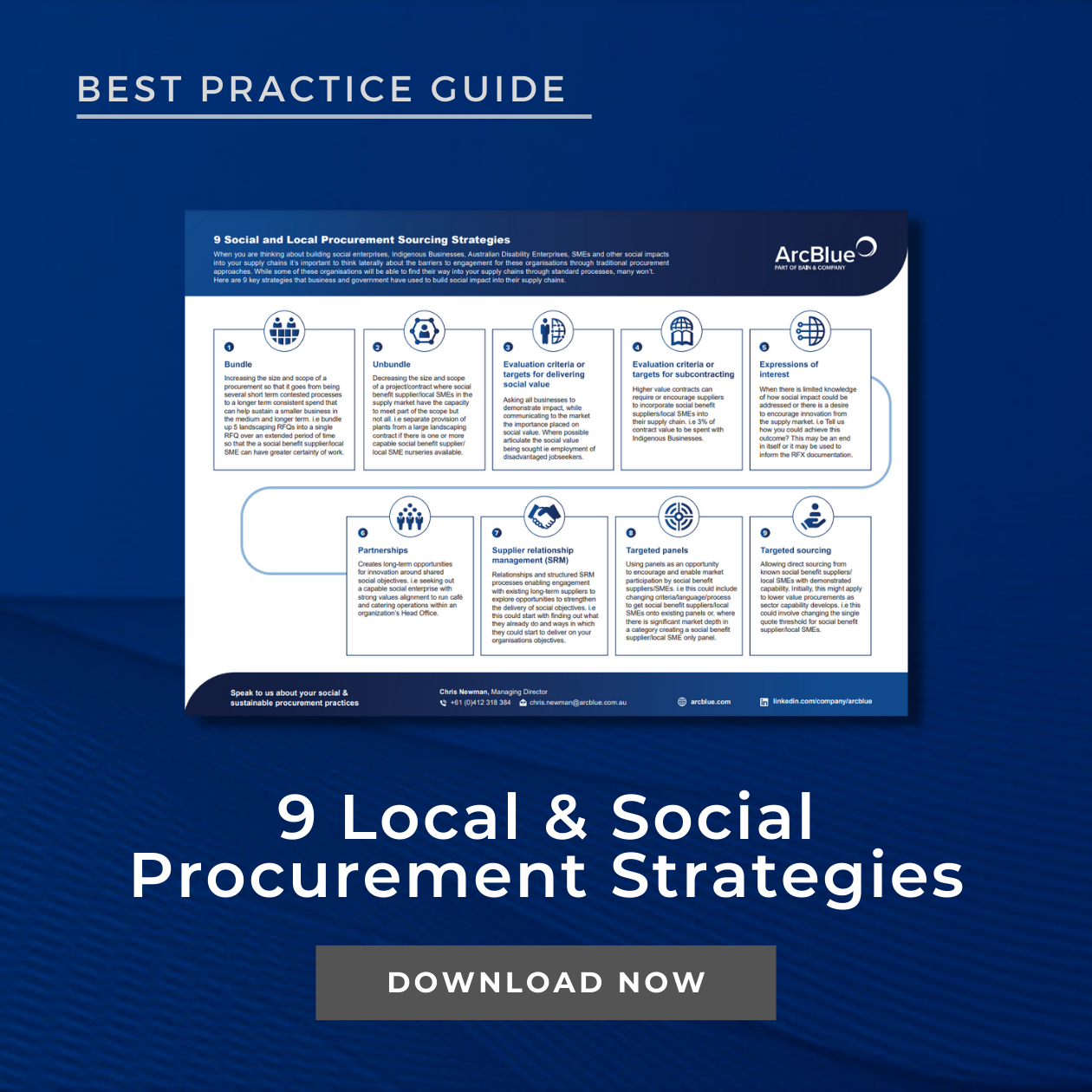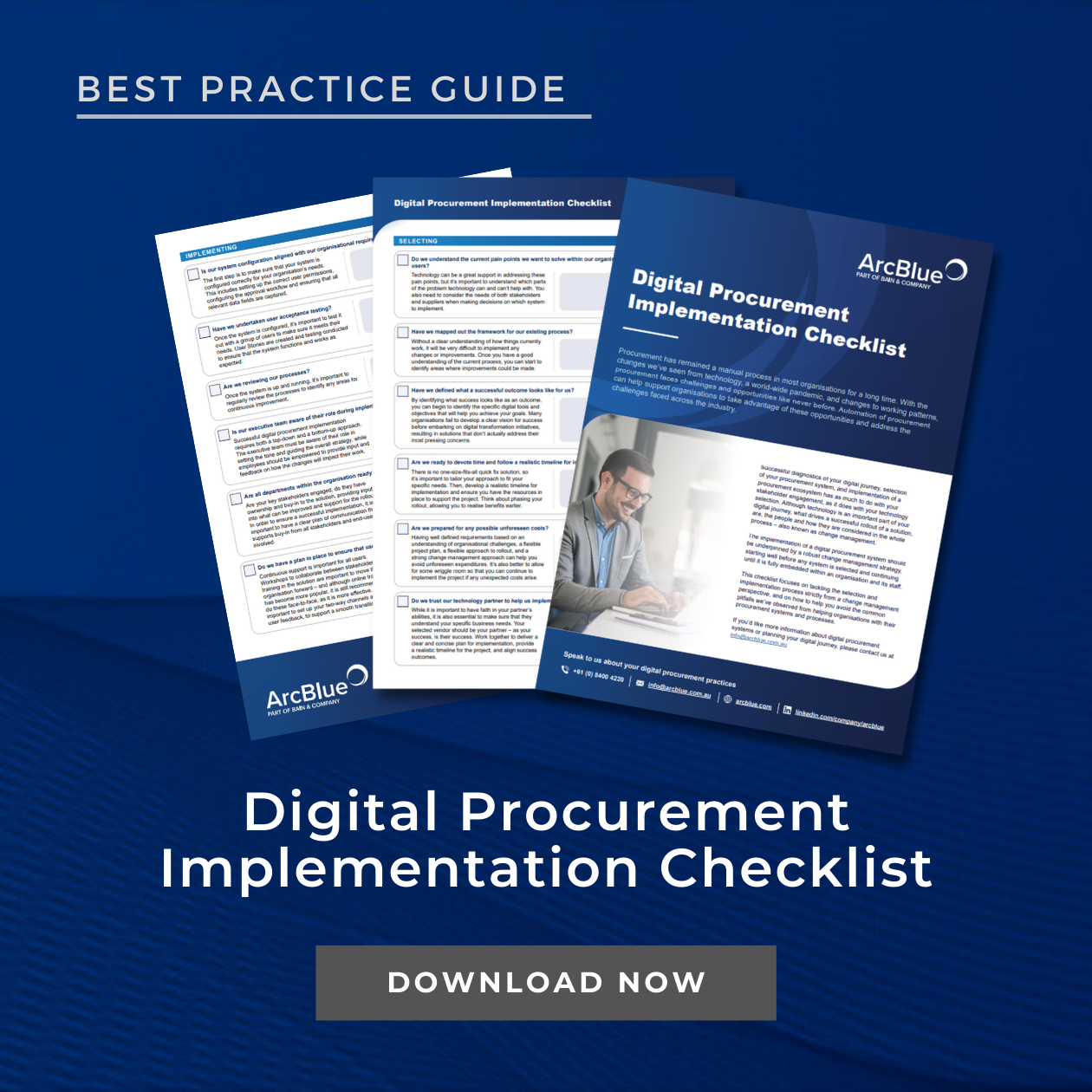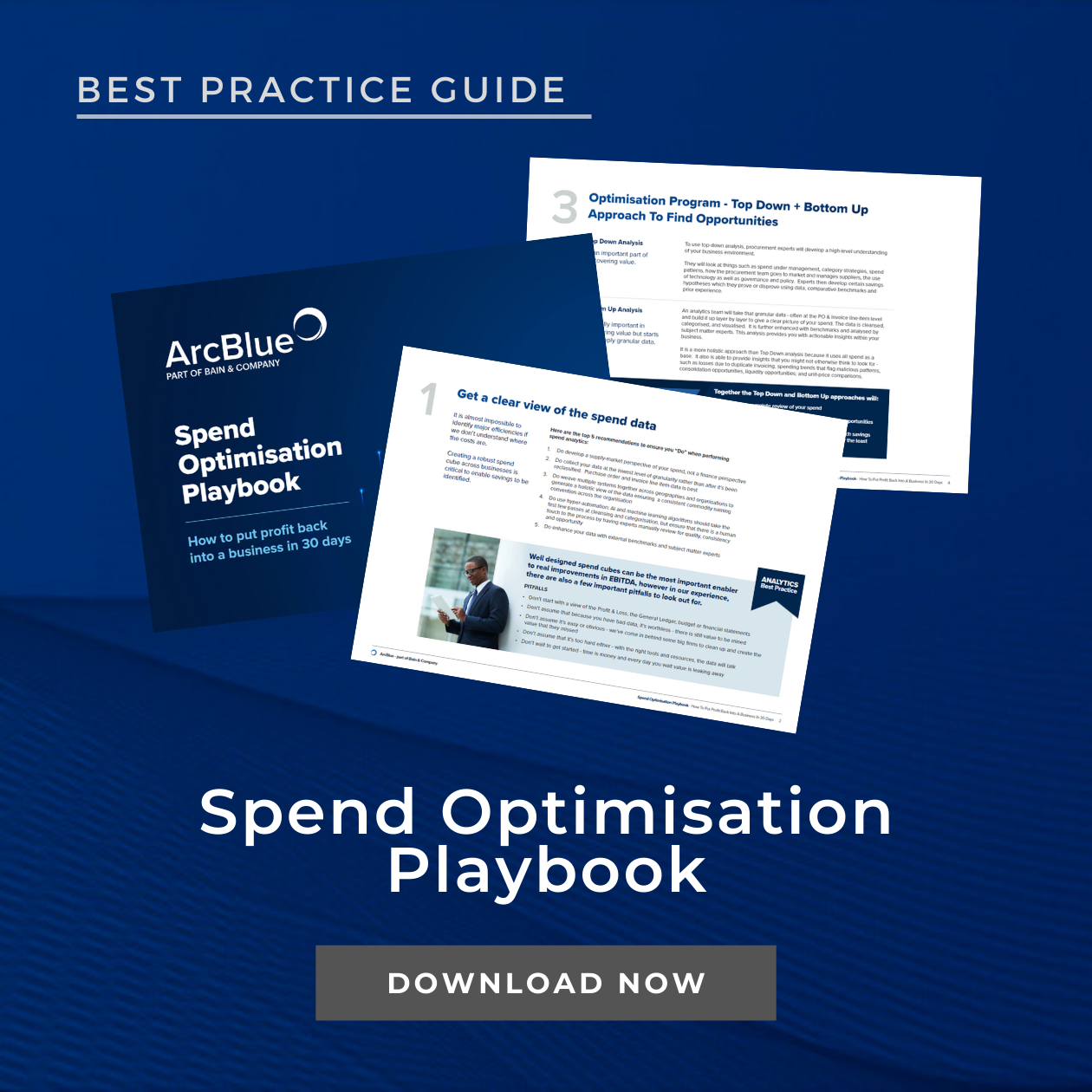- WHITEPAPER
Supporting economic transition through
collaborative, place-based social
procurement
July 2019
Executive Summary
Social procurement in Victoria is supported by the Victorian State Government’s Buying for Victoria policy and delivers social, economic and environmental outcomes through procurement (Buying for Victoria, 2019). GROW (Growing Regional Opportunities for Work) is a collaborative, place-based program that seeks to strengthen regional social and economic outcomes, and increase job opportunities through procurement and employment (GROW Gippsland, Regional Action Plan, 2018).
This whitepaper discusses how a collaborative, place-based program such as GROW supports social procurement when supported through buy-in from Contract Managers. A systematic approach is described for relationships where Contract Managers have opportunities to work with GROW.
Related Services
Social Procurement
Social procurement is supported by the Victorian State Government’s Buying for Victoria policy and delivers social, economic and environmental outcomes through procurement (Buying for Victoria, 2019). Through the Victorian State Government’s Social Procurement Framework (SPF), Victorian State Government departments and agencies are required to meet social procurement obligations and report on outcomes through their interactions with buyers and suppliers (Department of Economic Development, Jobs, Transport and Resources, 2018).
The SPF supports buyers to embed social and sustainable procurement in their processes. It supports suppliers to align with government expectations for social procurement, while enabling them to grow their business through these interactions. In Victoria, this policy aims to support Aboriginal people, those with a disability, equality for women, those who suffer disadvantage, safe and fair workplaces, social enterprises, Aboriginal businesses; and regional areas (Department of Economic Development, Jobs, Transport and Resources, 2018).
GROW
GROW (Growing Regional Opportunities for Work) is a collaborative, place-based program that seeks to strengthen regional social and economic outcomes and increase job opportunities through procurement and employment (GROW Gippsland, Regional Action Plan, 2018). In Victoria, GROW aligns with the Victorian Social Procurement Framework in several ways. GROW supports buyers to embed social procurement into their processes and practices. GROW supports suppliers to access new opportunities, as they become available to them through privately or government funded projects; and with government departments or agencies through the Social Procurement Framework.
As a result, GROW supports inclusive employment as new opportunities for work open up. Inclusive employment is that which supports the employment of people who have barriers to work (GROW Gippsland, Regional Action Plan, 2018).
The use of a collaborative, placed-based model for social procurement
According to Van Veelen and Haggett (2016), communities are motivated by projects that support place-based attachment. When a project is place-based, the community consider it of benefit, therefore, they attach to it, accepting the project in a positive manner. Thus a place-based model is identified as critical in ensuring the buy-in of a community. Where a program such as GROW is implemented in a regional area, the buy-in of the community is an important feature in ensuring that the program is adopted and owned by those who participate in it. GROW is a program model that identifies place-based problems, and place-based opportunities to resolve them. However, resolving economic and employment-based issues in regional areas is not possible without the buy-in and support of local stakeholders.
GROW addresses the local ecosystem
In order to identify local stakeholders, and more importantly, the complex, cross faceted roles they play in a region, GROW draws upon the interrelationships illustrated by Ecological Systems Theory. According to Ecological Systems Theory, the individual impacts, and is in return impacted, by the whole ecology around them in a complex, multi-layered manner (Bronfenbrenner, 1992). In the case of a place-based program such as GROW, in order to meet desired outcomes for individuals for employment, the whole ecosystem surrounding them must be addressed. To do so, the individual, their community, and industry are addressed. In industry, both suppliers and buyers are addressed. This model is illustrated in diagram 1.
Diagram 1: The ecosystem addressed by GROW

This model is based on Bronfenbrenner’s model for Ecological systems theory (Bronfenbrenner, 1992).
In a regional area, GROW seeks to identify the local supply chain: buyers, suppliers and employers with whom they can embed GROW principles. The GROW local supply chain is identified in diagram 2. GROW identifies local buyers, suppliers and employers with an aim to make them visible.
Diagram 2. GROW local supply chain

GROW works to increase the visibility of local buyers, suppliers and employers. Visibility ensures these players are able to maximise opportunities made available through privately or government funded projects, or those supported by the Social Procurement Framework, in their own area. Evidence shows that improving social impact through local economic development is most successful when existing money or incoming investment is ‘held onto’ by the local economy (GROW Gippsland, Regional Action Plan, 2018). Allowing it to flow to and between local businesses, services and people prevents it leaking out of the area and can create local social impact (GROW Gippsland, Regional Action Plan, 2018).
Local players are made visible through various measures (Refer to Appendix A for an overview of the GROW Gippsland program and how it supports the local supply chain to reduce leakage out of the local area). Visibility is important locally for individuals, the community and other buyers, suppliers and employers in the area. Visibility is important outside the immediate area when project contracts are awarded to Tier 1 contractors who are not local.
Often, region-based businesses to not tender contracts as a Tier 1 supplier (main contract), as local suppliers do not always have the capacity for large projects. In Victoria, Tier 1 contractors are generally from Melbourne or from interstate. When non-local Tier 1 suppliers are contracted for government-funded projects and use non-local sub-contractors and employ their own staff, the economic benefits expected from such an injection of funds into a region are not met.
GROW seeks to disrupt this variable by assisting Tier 1 contractors inside and/ or outside a region to use local businesses. Regions that thrive provide sustainable, ongoing business opportunities to other businesses inside and outside their region. Reliance on government funding for opportunities is not as reliable. Organisational Contract Managers play an important role in this dynamic.
Supporting Contract Managers to engage with GROW
As a collaborative, place-based program, GROW engages with many stakeholders across targeted regional supply chains, with the aim to prevent leakage and maximise opportunities through the visibility of local buyers, suppliers and employers. Such engagement invariably implicates project Contract Managers who oversee procurement processes. While the successful implementation of GROW principles is not measured by the actions of any one person in an organisation, Contract Managers play a key role. It is thus important for Contract Managers to be aware that participation in a program such as GROW needs to occur across (broad, multiple stakeholder engagement), rather than within organisations (single or minimised stakeholder engagement).
Embed GROW
Using an ‘across organisation’ approach, GROW principles would be included in organisational policies and procedures. This could include processes addressing procurement (tenders, and/or quotes), inclusive employment and supplier engagement. Embedding GROW in organisational policies and procedures ensures that GROW is sustainable over time, and not just effective when one person in an organisation implements its practices.
Promote GROW
Following this, key personnel implicated in GROW activities in organisations should be identified. The GROW model promotes the identification of a key contact, employment contact, and procurement contact. Contract Managers are typically a GROW procurement contact and often the key contact. In addition, organisations should promote their GROW activities through the use of organisation-local media and identify the implication of GROW in policies and procedures. The promotion of GROW through organisational local media could include formats such as newsletters, intranet, or social networking. Such media opportunities promote partnerships with GROW internally and across the organisation; as well as to support opportunities to promote the workplace as one that supports positive social outcomes through its commercial activities.
Engage through GROW
GROW seeks to engage with project Contract Managers at the early stages of a given project. This requirement should be included in organisational procurement procedures. In Victoria, an initial meeting is established with an Industry Capability Network (ICN) representative present to address any Victorian Industry Participation Policy (VIPP) or Major Project Skills Guarantee (MPSG) obligations. VIPP and MPSG address apprenticeship and Aboriginal engagement and engagement with businesses on a local level. However, ‘local’, by definition is for Australia and New Zealand under these requirements. Thus, a partnership with a local ICN representative is important for GROW to ensure that engagement also addresses ‘local’ at a regional level. If initial meetings are with a government department or agency, a discussion can then be held around the organisation’s capability to identify a local key (Tier 1) contractor where possible. In addition, discussions can be held around products and services required for the project, and knowledge of local suppliers who could meet these needs. At this time, a community briefing can be proposed to provide local suppliers with information about local opportunities provided by the project.
Scope
In order to increase the visibility of local buyers and suppliers suitable for a community briefing, a comprehensive scoping activity is required. We are often told that suppliers do not exist in regions, when they in fact do, but do not have visibility to a buyer. In the first instance, a local ICN representative can be contacted for access to local suppliers on their database. However, this information will not be exhaustive, as it is limited to suppliers who have registered on the ICN. Local government agencies (LGAs) tend to have business databases. This can also be a useful approach, but again, less than exhaustive. An internet search can provide further information.
For projects implemented by government departments or agencies, or organisations who seek to align with the principles of the Social Procurement Framework, local social benefit providers (SBPs) should also be identified. SBPs include Aboriginal businesses, Social enterprises and Australian Disability Enterprises. These types of businesses are often registered on Supply Nation, Kinaway, Social Traders and Buyability. However, many suppliers do not identify the benefits of such registration and are therefore not visible on these platforms. Thus, this also often does not provide an exhaustive search.
Ideally, local suppliers and social benefit providers are aggregated on a central regional database. The establishment of such a platform is an example of the sort of strategic approach to procurement a program such as GROW can provide to assist Contract Managers to locate the local suppliers they need.
Tender Docs
When preparing tender documents, Contract Managers can engage with GROW to embed the principles of social procurement. Ideally, social procurement is defined and outlined in the opening paragraph of all Expressions of Interest (EOIs) and other tender documents. Weightings can be applied that support region-specific local suppliers. The Social Procurement Framework outlines a range of additional measures to consider that support social procurement (Department of Economic Development, Jobs, Transport and Resources, 2018). As part of its support, GROW provides stakeholders with a toolbox of clauses that can be included in tenders, as well as in-person support for implementation.
Supplier Needs
When considering engagement with region-specific suppliers, Contract Managers should identify the types of barriers local suppliers may face. Barriers may include payment terms, reporting requirements or periods of engagement. GROW works with stakeholders to ensure such considerations are addressed in contractual documents in a manner that does not dissuade local suppliers from tendering or from meeting the requirements of contracts they win.
Communications
Contract Managers should work with their organisations’ communications teams to promote opportunities aligned with their project to local suppliers. This may require multiple types of media, such as local paper, newsletters or social media, as well as in-person briefings. These choices should reflect the preferred communications of a regions’ demographics.
Targeted Scoping
At times, tender submissions from region-specific local suppliers can be low. In this case, Contract Managers can consider a second, targeted scoping activity to ensure the right contractors are aware of opportunities.
Reporting
Before local suppliers are contracted, contract managers can also consider the method and format expected for reporting requirements. This can be outlined during the planning stages for a project and passed on to project managers for implementation, ensuring the ‘across organisation’ approach to contract management is sustained. GROW advocates the use of streamlined, online reporting templates where possible, to support local suppliers who may not have the resources for more cumbersome reporting requirements.
(Refer to Appendix B for a case study outlining support GROW has provided for the Gippsland Rail Upgrade project. Refer to Appendix C for a diagrammatical version of the process for Contract Managers working with GROW described above).
Conclusion
In this paper, it has been argued that a collaborative, place-based approach is ideal when implementing projects that aim to result in social benefits and strengthen economic outcomes to increase local job opportunities. Regions that thrive provide sustainable, ongoing business opportunities to other businesses inside and outside their region. In order to embed GROW principles in a place-based manner in a regional ecosystem, and to ensure the implementation is sustainable, a systematic approach is required.
A model for such an approach has been provided for Contract Managers, outlining the need for a cross-organisation approach, implicating other members of the organisation such as comms and project managers. Methods a program such as GROW use to support Contract Managers to identify and engage with region-specific local suppliers has been described, outlining the importance of accessing such support to maximise opportunities for local suppliers, thus creating an environment that sustains ongoing project opportunities inside and outside the region when it thrives.
Sources:
- Buying for Victoria, Social Procurement, 2019
- Department of Economic Development, Jobs, Transport and Resources, Buying for Victoria, 2018
- GROW Gippsland Regional Action Plan, 2018
- Van Veelen, B., & Haggett. C. Uncommon ground: The role of different place attachments in explaining community renewable energy projects. Sociologia Ruralis, 57(1), pp. 533-554, 2016
- Bronfenbrenner, U. Ecological systems theory. In R. Vasta (Ed.), Six theories of child development: Revised formulations and current issues (pp. 187-249), 1992
APPENDIX A
Case study: GROW Gippsland Program
The Gippsland region is located in Victoria, Australia. It is a vast region, stretching along the coast from the New South Wales border to Venus Bay and Wilson’s Promontory.

Source: https://tinyurl.com/yxeqjr7s
The region is economically and socially diverse, traditionally based on natural resources in agriculture, manufacturing and oil and gas production, with a history of producing most of the state of Victoria’s electricity through its coal-fired electricity sector. However, an ongoing shift towards a low-carbon economy has created challenges for the region’s energy sector (GROW Gippsland, Regional Action Plan, 2018).
Source: http://theconversation.com/hazelwood-power-station-from-modernist-icon-to-greenhouse-pariah-75217
In 2013, the G21 Regional Opportunities for Work (GROW) scheme was established in Geelong. In Geelong, four target postcodes facing disadvantage were targeted for support. This program includes a procurement platform (Localised) and a partnership of organisations and businesses committed to implementing better local procurement practices, with an aim to reduce local social disadvantage.
In Gippsland, GROW was introduced by the Latrobe Valley Authority (LVA). The LVA partnered with Procurement specialist, ArcBlue to develop GROW Gippsland to support social and economic growth in Gippsland. Working with the LVA, GROW Gippsland has built upon the Geelong GROW model to establish a collaborative, placed-based model for economic revitalisation in a region facing significant economic decline due to the closure of Hazelwood power station. In Gippsland, GROW addresses the whole region. GROW Gippsland has formed strategic partnerships with Gippsland Business Connect (Localised), the Industry Capability network (ICN) and Vendor Panel.
Regional scoping and community engagement resulted in the development of a GROW Regional Action Plan. The Regional Action Plan is designed against 3 pillars: Fostering collaboration, Inspiring local action; and Leadership and commitment. These ideals are implemented through supporting the following: Procurement capability, Supplier engagement, Supplier capability development, Aboriginal business and Social enterprise development; and Inclusive employment. This is illustrated in diagram 1.
Diagram 1: The GROW Framework
The GROW Gippsland project has several objectives. The first is to increase social procurement, in particular for large government funded infrastructure projects that are estimated to have the potential to inject over $1 billion into the Gippsland economy. The second is to increase local procurement. Local procurement is a variable construct, but in this instance the reference is made in relation to procurement specific to the Gippsland region. The third objective is to increase inclusive employment. Targeted demographics include (but are not limited to) disengaged youth, the long term unemployed, migrants and refugees, workers in transition, Aboriginal people; and people with a disability.
GROW Gippsland is building an innovative circular economic ecosystem which uses new and existing tools, to link all the players in every step of the procurement process to drive better social and economic outcomes. It is about making it easier for all the players in the system to have success and develop tools to measure success.
For suppliers:
GROW is increasing visibility of the future procurement pipeline using existing tools such as the Industry Capability network (ICN) Gateway. The ICN provide the ICN gateway service for buyers to register an Expression of Interest on project opportunities. Suppliers can use the ICN gateway to create an engaging profile, and search for projects and suppliers.
New tools have also been introduced to the Gippsland supply chain, providing suppliers with more time to prepare for success. Gippsland Business Connect (GBC) provide a business to business (B2B) platform where a business can build a profile to promote their products, services and expertise. Vendor Panel provide a centralised platform for buyers to identify local suppliers and engage easily in quotation activities.
For Procurers:
GROW Gippsland aligns with the Victorian State Government Social Procurement Framework and supports the Victorian State Government Jobs First policy. Many requirements aligned with policy shift are overwhelming. Skilled ArcBlue staff work alongside the procurers to assist with the tender documentation and to introduce them to suppliers who can assist in meeting their social procurement obligations.
For Employment outcomes:
GROW Gippsland works collaboratively with employment stakeholders to find new ways to address barriers to employment through an Employment Working Group.
Program evaluation:
State of the art digital tools are used to track and collate data for evaluation. Using this technology, the business community contributes to the creation of regularly updated dashboards that show progress on maximising local and social procurement.
In order to ensure that program objectives are met, a team of 8 specialists have been assembled, including Program Manager, Aboriginal Business and Employment Lead, Employment and Social Enterprise Lead, Infrastructure Procurement Lead, Senior Procurement Consultant; and Senior Analytics Consultant. Another two specialists are based in Gippsland, a Stakeholder Engagement Manager and a Communication and Content Coordinator, ensuring local relationships are maintained and local intelligence is monitored. In addition, each business who commits to GROW principles is assigned a GROW Relationship Manager who works with them individually to support GROW processes through the identification and implementation of each organisation’s unique objectives.
Stakeholders are supported according to their needs. Buyers are supported through the formation of a procurement working group. Suppliers are supported through business briefings, training and projects updates. Employers are supported through an Employment working group and Employer working group. A GROW Leadership group and GROW compact network group have been established to facilitate conversations between education and industry; and to collaboratively problem-solve placed-based barriers to employment. Information about the program is disseminated via the GROW Gippsland website, newsletter and social media including Twitter, Facebook and LinkedIn.
To date, 67 organisations have signed up to GROW principles in Gippsland as compacts. The GROW team have supported organisations to develop and implement 32 Action plans, addressing Organisational objectives, Capacity building, Procurement projects and Employment programs. Thus far:
– 254 actions have been recorded
– Organisations have provided GROW with their 2018 (baseline) spend, accounting for $856 million, with $359 million spent in Gippsland
– 17 training workshops/events have been held, with a total of 451 people in attendance
– Through partnership with Gippsland Business Connect, 823 businesses are registered on a central database for business-to-business exposure, 240 business-based events have been posted, 103 infrastructure projects have been listed. This accounts for projects to a value of $95 million
– Through partnership with the Industry Capability Network, over 300 businesses have been briefed on upcoming infrastructure projects
Technical procurement support has been offered for over 8 major government funded projects, including social procurement plan development, the identification of local Aboriginal businesses and Social enterprises, and Quote/ tender/ contract support. An inclusive employment strategy (GROW People) has been established to work holistically with job seekers to achieve successful and sustainable employment outcomes in safe work environments. To build the capability of local Aboriginal people in Gippsland, local Aboriginal businesses have been provided with direct exposure to buyers. In addition, Cultural safety training has been delivered to local organisations and an Aboriginal working group has been established.
GROW Gippsland is currently collecting baseline data for reporting for the 207/2018 financial year, which will be compared to data collected for 2018/2019 and 2019/2020 for comparison.
Appendix B
Case study: Regional Rail Victoria Avon Bridge Project (Sale)
In early 2018, GROW Gippsland engaged with Rail Projects Victoria (RPV), to embed GROW principles in activities related to the Regional Rail Revival, Gippsland Line Upgrade. The works include two projects, funded by the Victorian State Government for $530 million. The projects are expected to create 400 jobs.
Rail Projects Victoria joined GROW as a Compact Member and established an Action Plan. For the first of the two projects, the Avon Bridge project, GROW engaged with RPV to identify how tender documents could be written to ensure that local suppliers were supported, and not disadvantaged when tendering for works.

In mid-2018, the ICN held a supplier briefing for the project. GROW was present, to identify how local suppliers were being provided with support to tender for works. An EOI was issued on the ICN Gateway website.
Three Tier 1 contractors were shortlisted by RPV. In late 2018, GROW held an Aboriginal business networking event, which provided opportunities for local Aboriginal businesses and organisations to meet with the three shortlisted Tier 1 companies to promote their products and services. In addition, GROW worked with each of the shortlisted contractors, to assist them to identify and engage with local suppliers. As a result, all three contractors identified Gippsland local and Aboriginal businesses in their submissions to RPV.
Recently, the preferred contractor has been publicly announced. GROW continues to work with this contractor to ensure that local suppliers remain visible to the Tier 1 contractor, and to support Gippsland suppliers in their engagement with the contractor.
The Contract Manager for the Tier 1 contractor for a project such as Avon Bridge plays an integral role in such relationships with GROW, who will seek to embed GROW principles in tender documents for Tier 2 contractors for this project. GROW will work with the Tier 1 contractor to identify how they can RFx at a local level. In order to achieve place-based outcomes, it is important that a relationship is established with the Contract Manager in the early stages of the project and that this relationship is built on mutual trust, shared information and respect.
Appendix C
Engagement with GROW from a Contract Managers perspective
Appendix D:
Testimonials and Endorsements
Karen Cain, Chief Executive Officer, Latrobe Valley Authority: “We are extremely proud to be one of the first GROW Gippsland Compact Members. As a GROW Compact member, we are already taking steps to improve our procurement practices to maximise spend in our region and support employment opportunities for target groups in our community. We are also in conversations with local businesses who are passionate about improving their own procurement practices to keep spend in our region. We know that together we are stronger and everyone taking small steps will result in large economic benefit for Gippsland.”
Jeanie Hall – part of GROW Gippsland Leadership Group meeting: “Felt great after today’s meeting – great presentations and lovely to hear an animated industry voice around the table”.
Gippsland Physiotherapy – GROW Gippsland Compact Signatory: Why did you choose to be a part of GROW Gippsland? “We are a very proud born and bred Gippsland business that prides ourselves on employing locally and using local providers to help support our local community.”
Cameron Spence GROW Gippsland Project Manager: “Every time we hear of local businesses making changes to the way they procure and employ to increase opportunities for social outcomes we are inspired. We have now seen numerous examples of businesses making small changes to their processes to provide new opportunities. A great example was Latrobe Regional Hospital who reviewed the structure of existing contracts, and through a competitive process, were able to award their ground care maintenance contract to Latrobe Valley Enterprises who are employing people with disabilities. GROW is resonating with all kinds of businesses, from major State Government agencies and Gippsland’s six local councils, through to the region’s largest employers such as AGL Loy Yang and smaller local businesses such as Kubale Construction. It is great to see the leadership and passion for the local region shown by these organisations.”
Watch:
Sue Askew and Jayda Green from Central Gippsland Health, GROW Gippsland Compact Signatory
Michael Crane from Gippsland Water, GROW Gippsland Compact Signatory
Anna Tyben from Latrobe Valley Bus Lines, GROW Gippsland Compact Signatory
Rail Projects Victoria and GROW Gippsland Aboriginal Business Briefing
INSIGHTS
RESOURCES & DOWNLOADS





